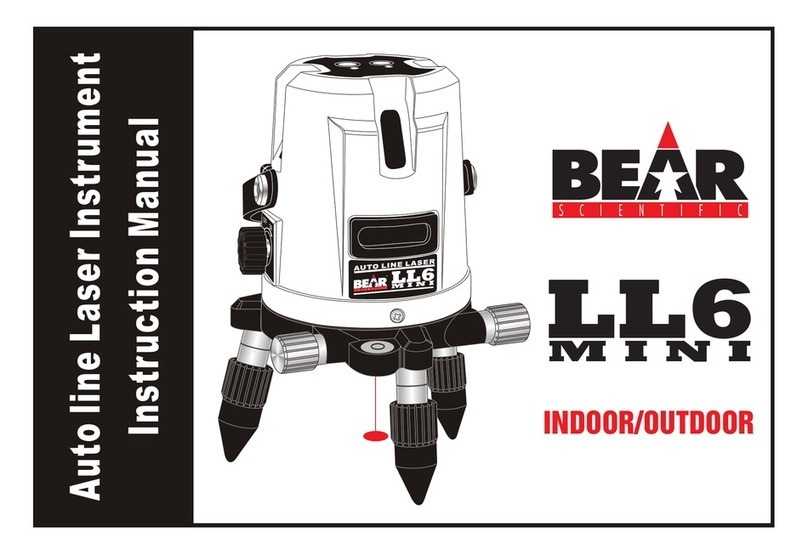Bear POLAR User manual




















Table of contents
Other Bear Measuring Instrument manuals
Popular Measuring Instrument manuals by other brands

Nikon
Nikon NPL-352 manual
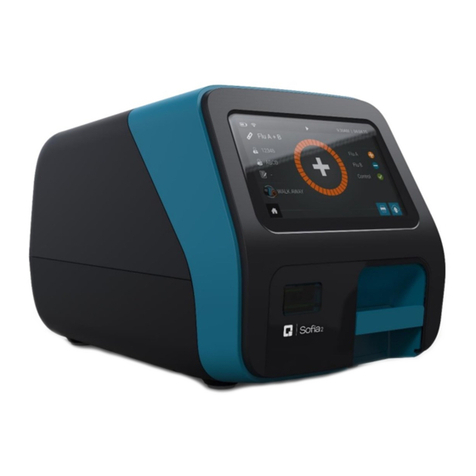
Quidel
Quidel Lyme FIA Sofia 2 quick start guide

Renkforce
Renkforce 1299497 operating instructions
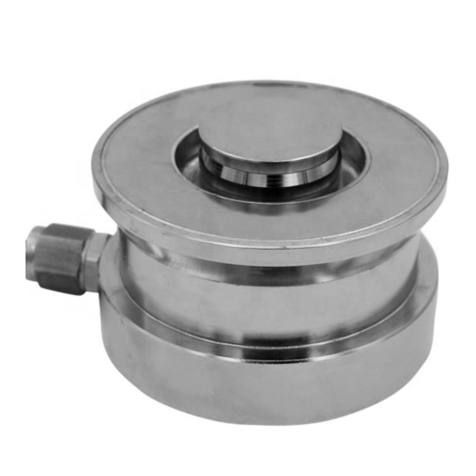
HBM
HBM RTN 0.05 Mounting instructions
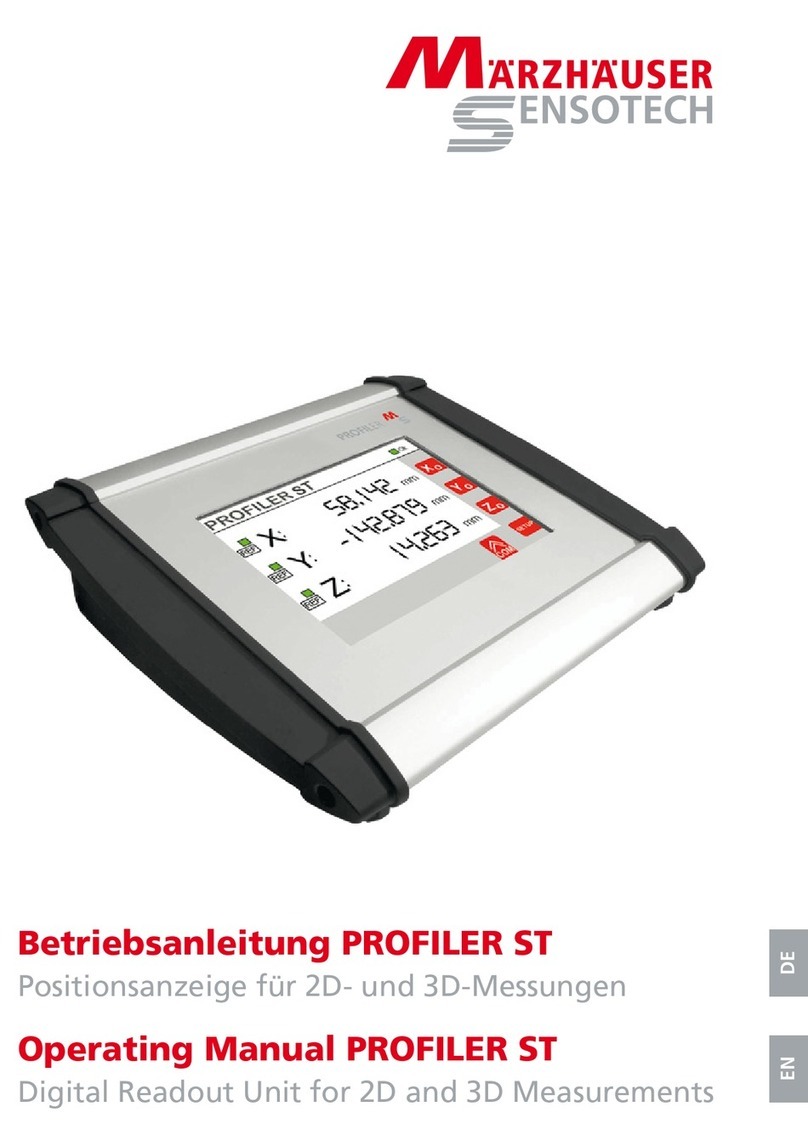
Marzhauser Sensotech
Marzhauser Sensotech PROFILER ST operating manual
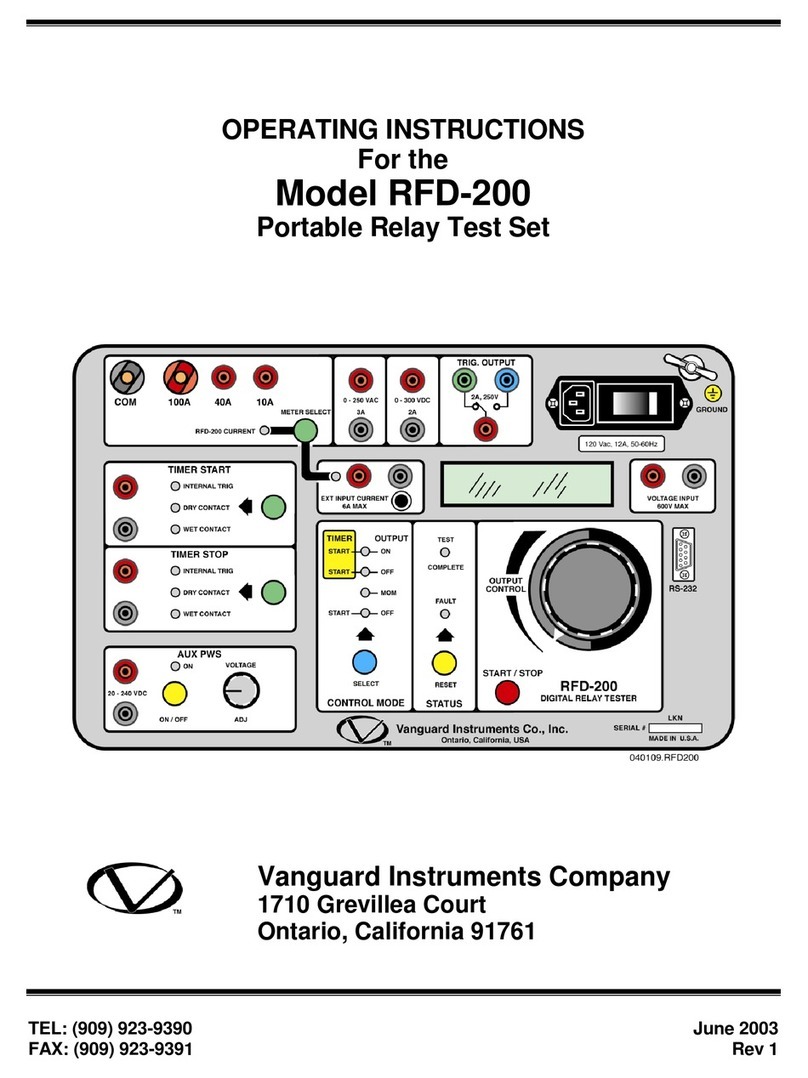
Vanguard Instruments Company
Vanguard Instruments Company RFD-200 operating instructions
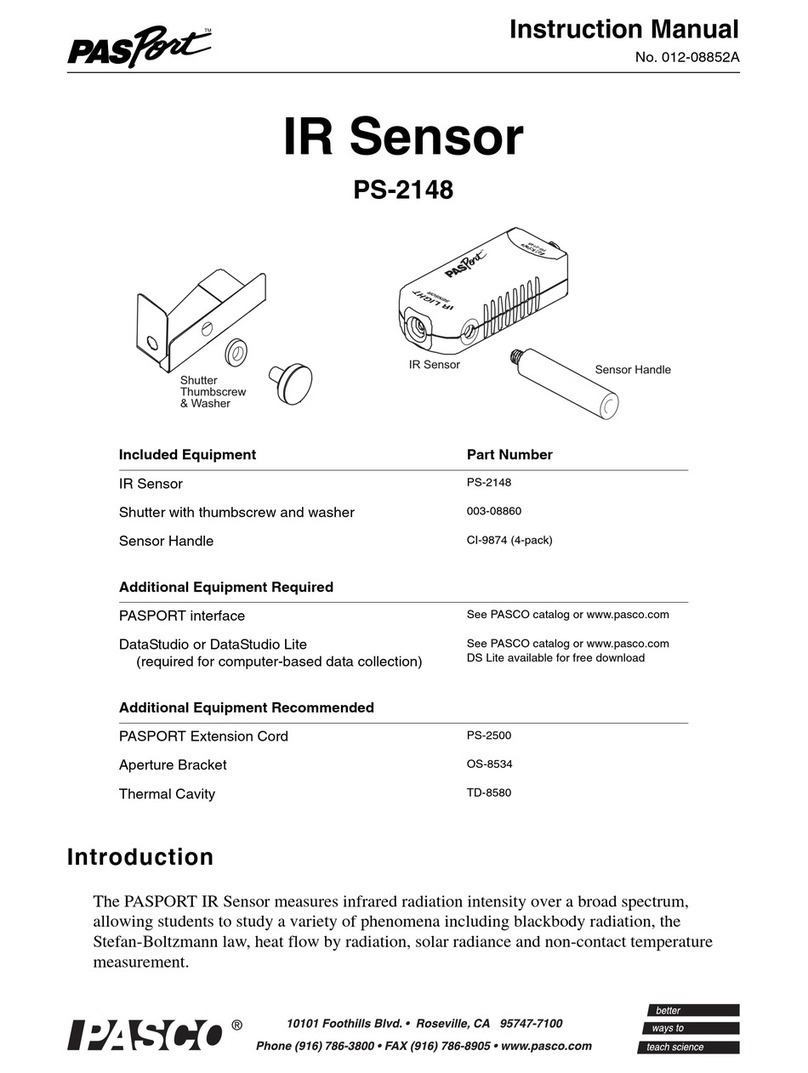
PASCO
PASCO PASPORT PS-2148 instruction manual
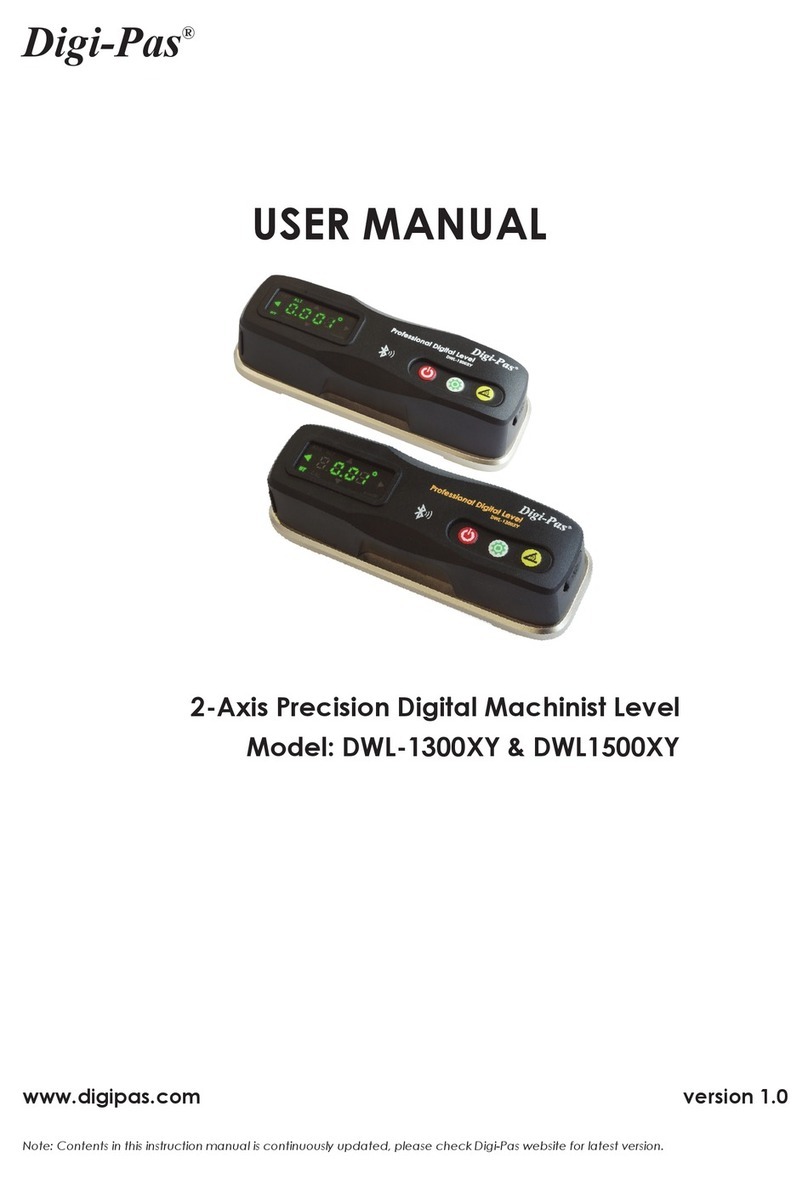
Digi-Pas
Digi-Pas DWL-1300XY user manual
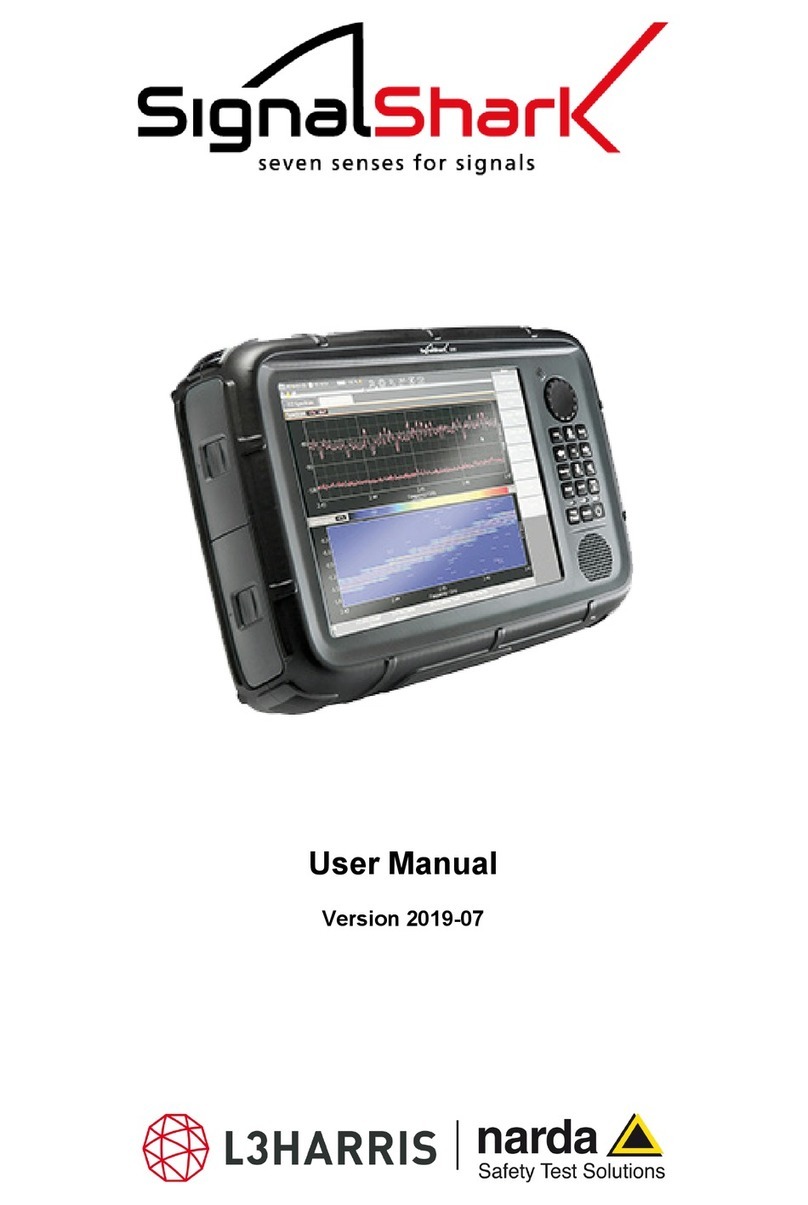
L3Harris
L3Harris Narda SignalShark user manual

York Survey Supply
York Survey Supply 343000 operating instructions

Adam Pumps
Adam Pumps TECH FLOW 3C TRANSLATION OF ORIGINAL INSTRUCTIONS
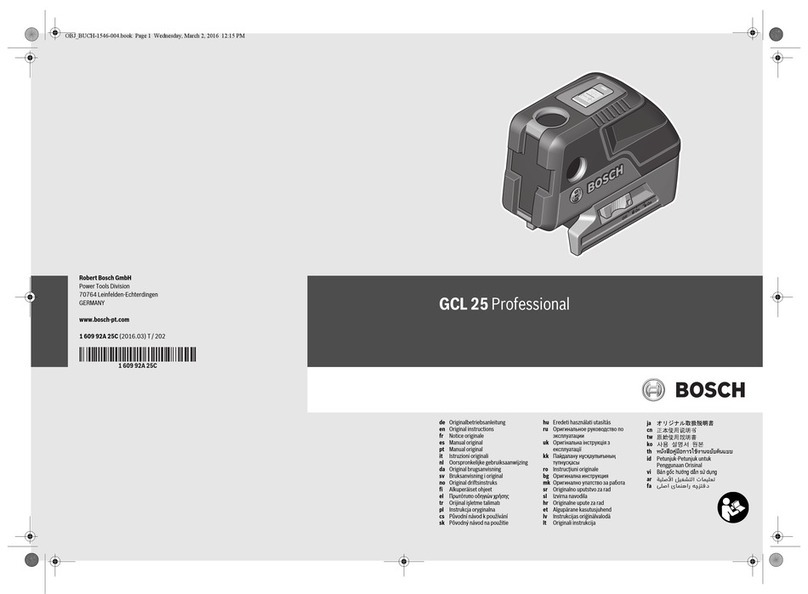
Bosch
Bosch GCL 25 Professional Original instructions

PCB Piezotronics
PCB Piezotronics 356A36 Installation and operating manual
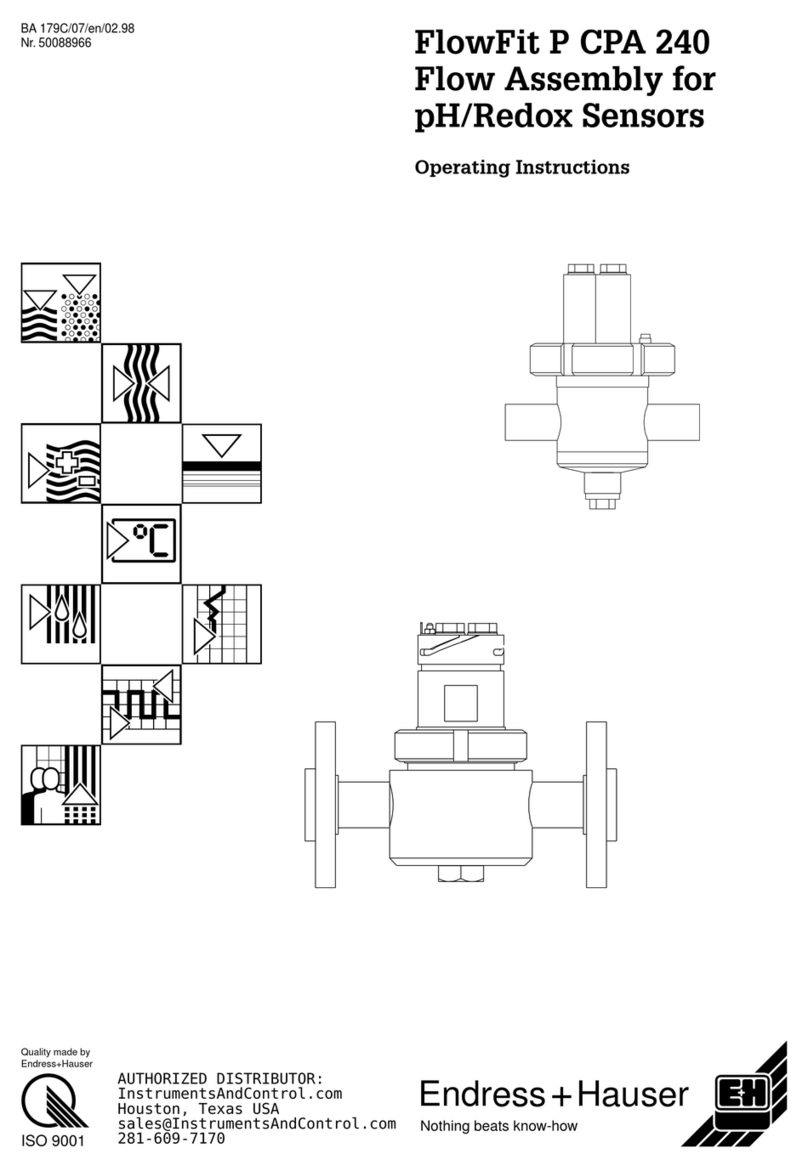
Endress+Hauser
Endress+Hauser FlowFit P CPA 240 operating instructions

Guralp Systems
Guralp Systems 3TB Operator's guide
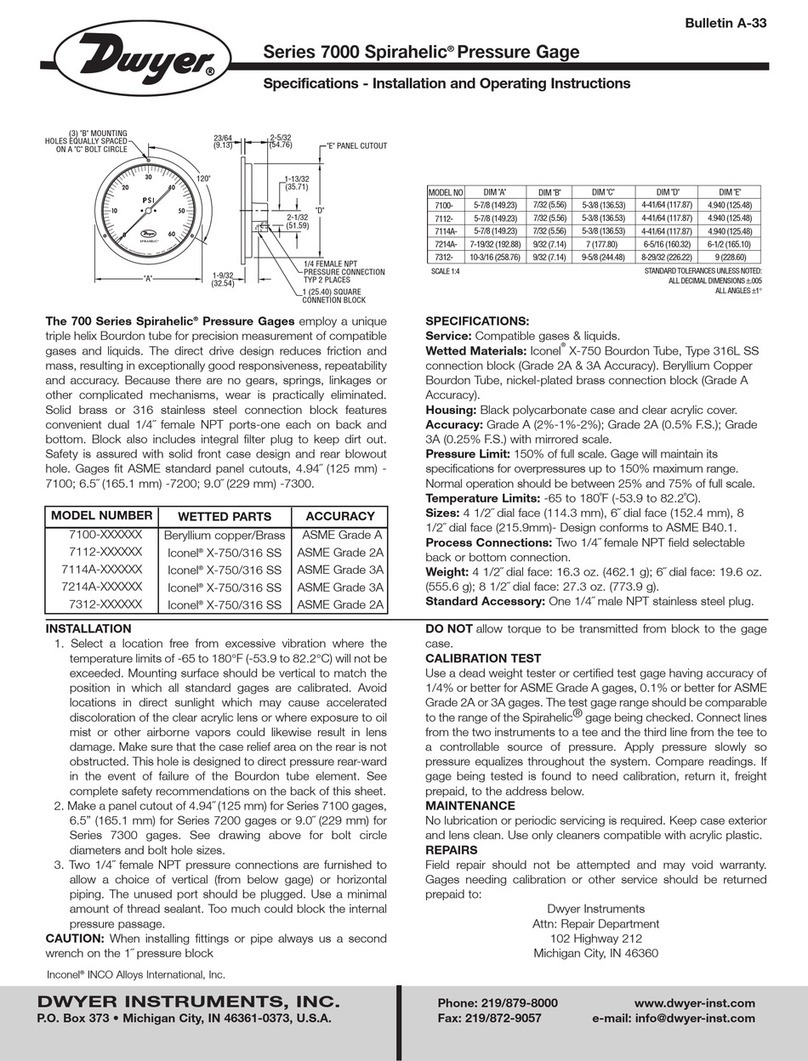
Dwyer Instruments
Dwyer Instruments Spirahelic 7000 Series Specifications-installation and operating instructions
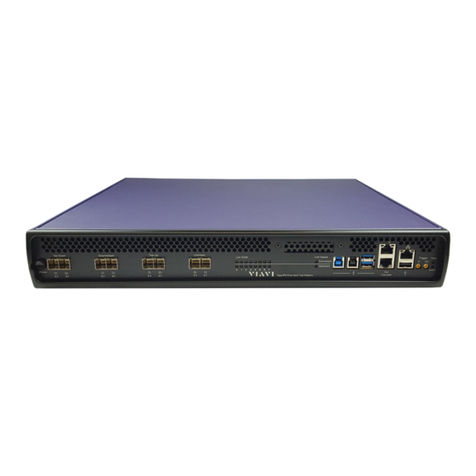
Viavi
Viavi Xgig user guide
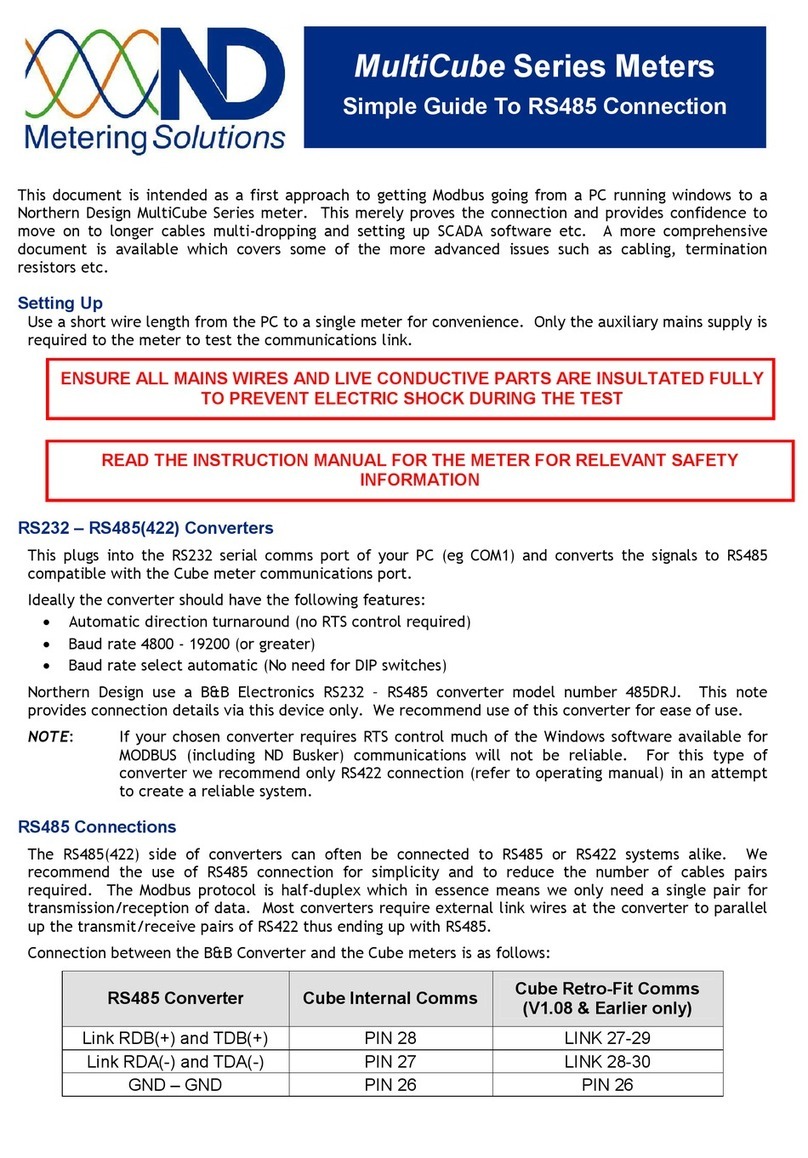
Northern Design
Northern Design MultiCube Series Connection guide
